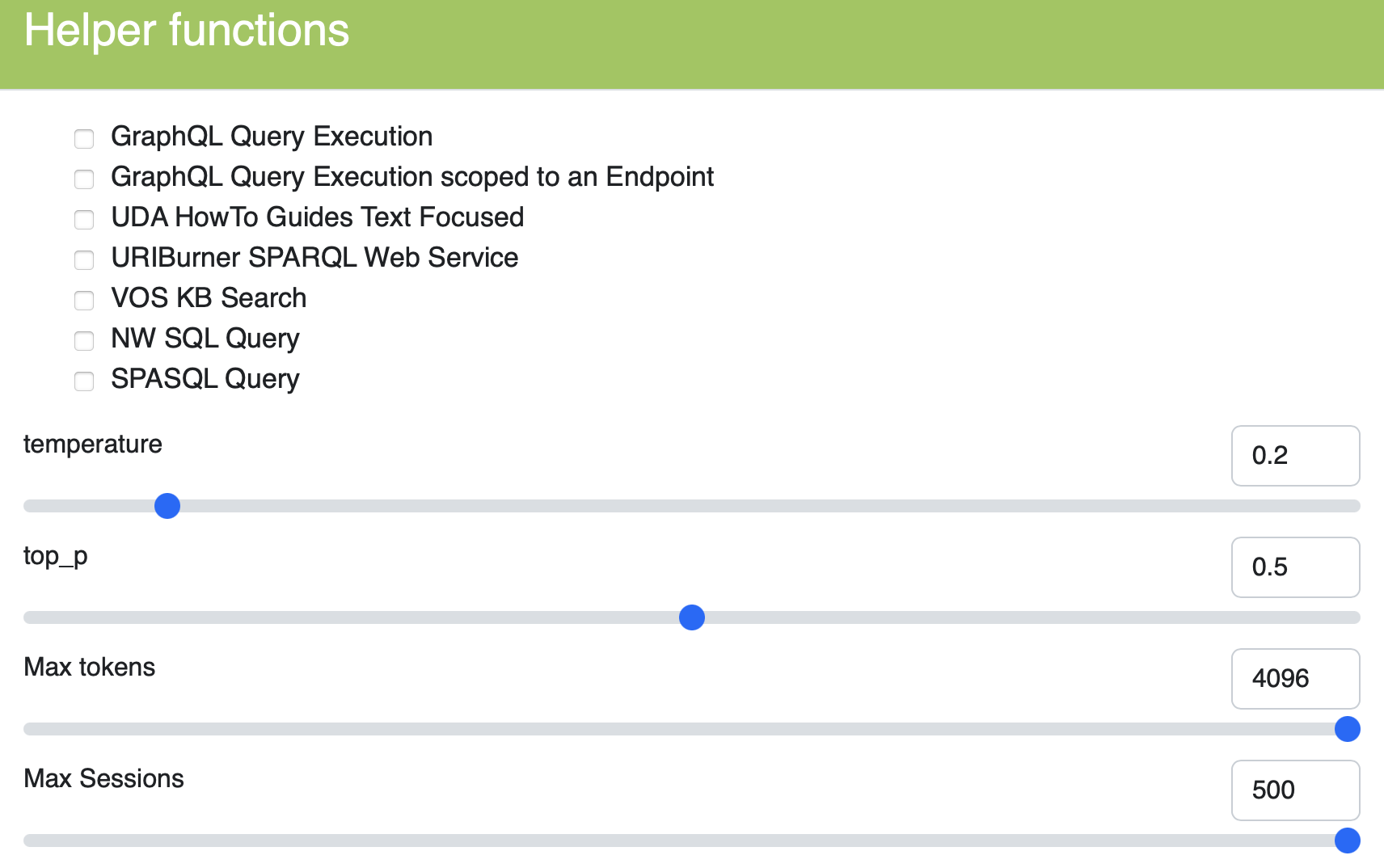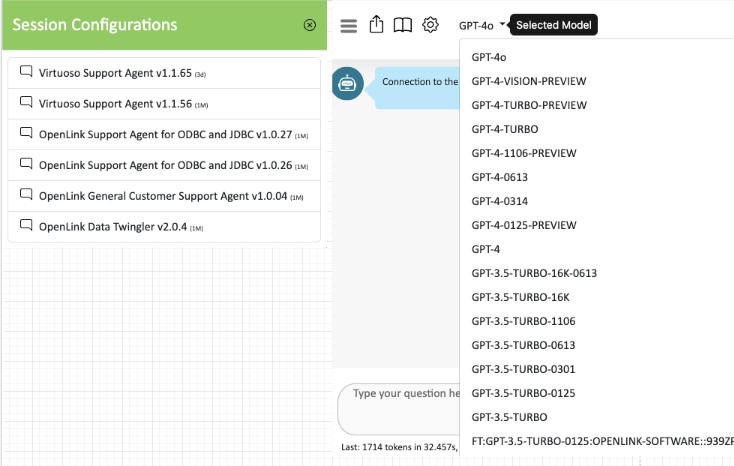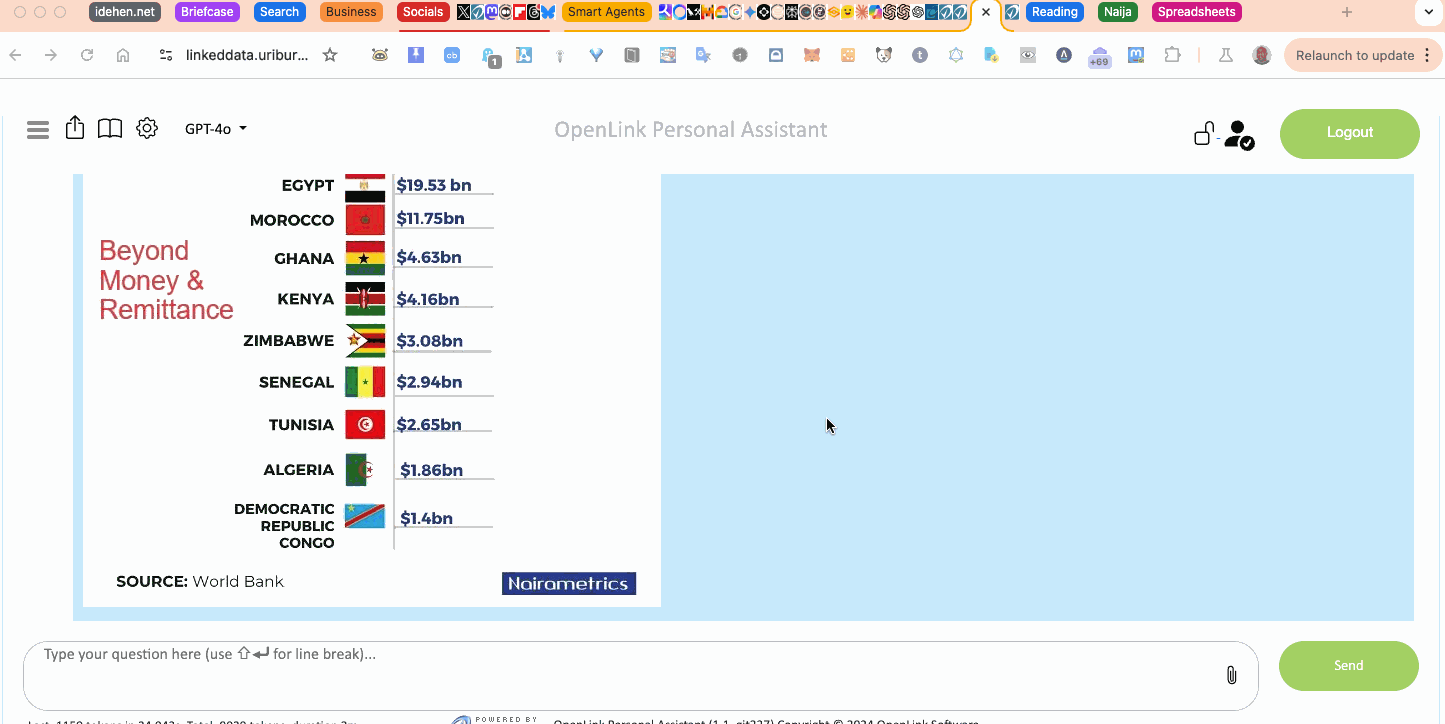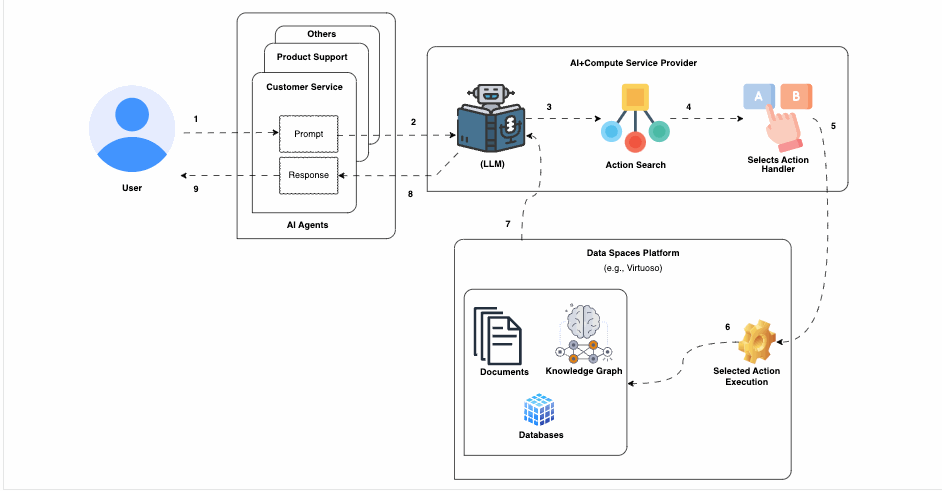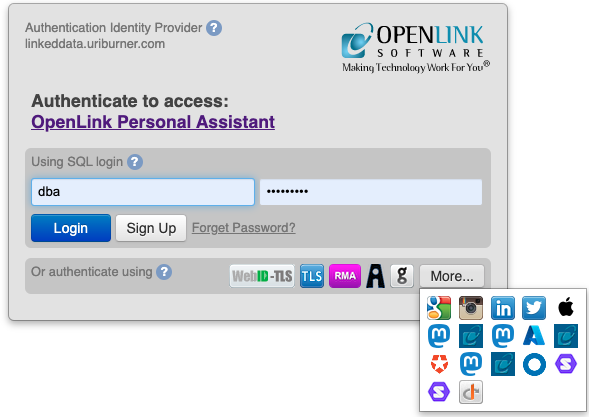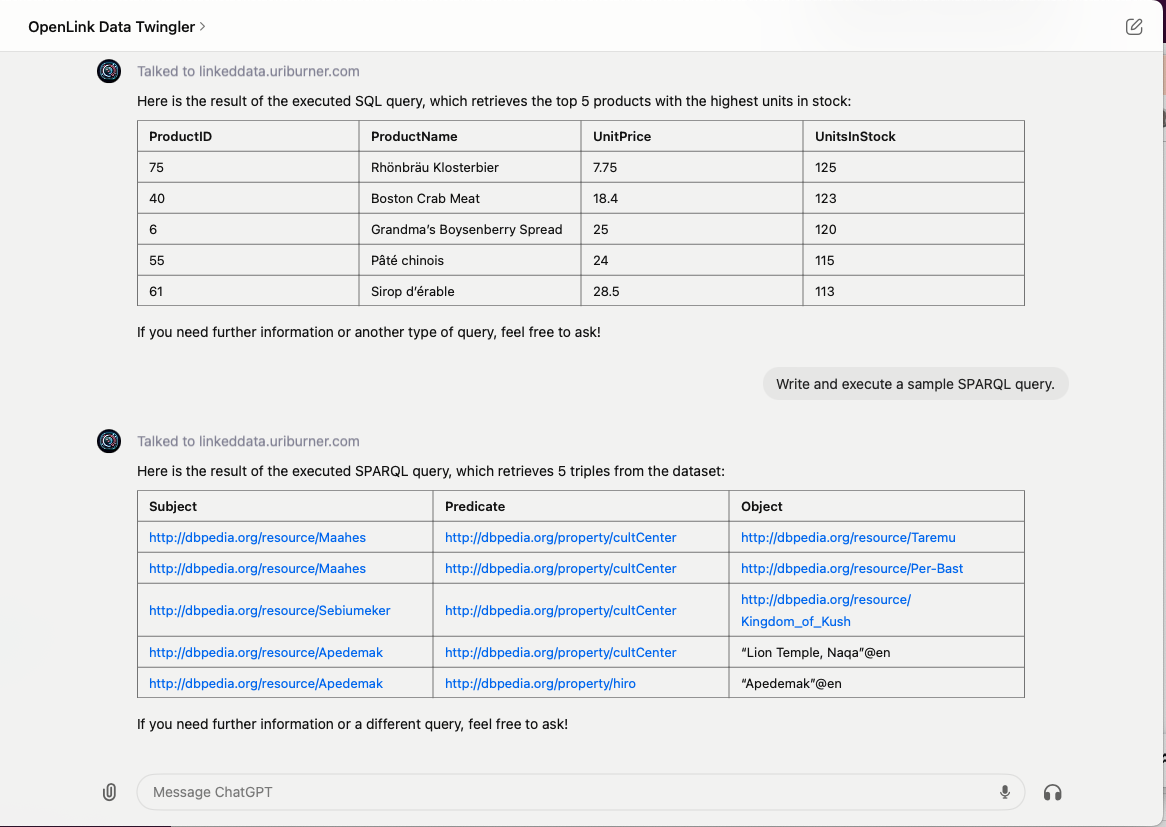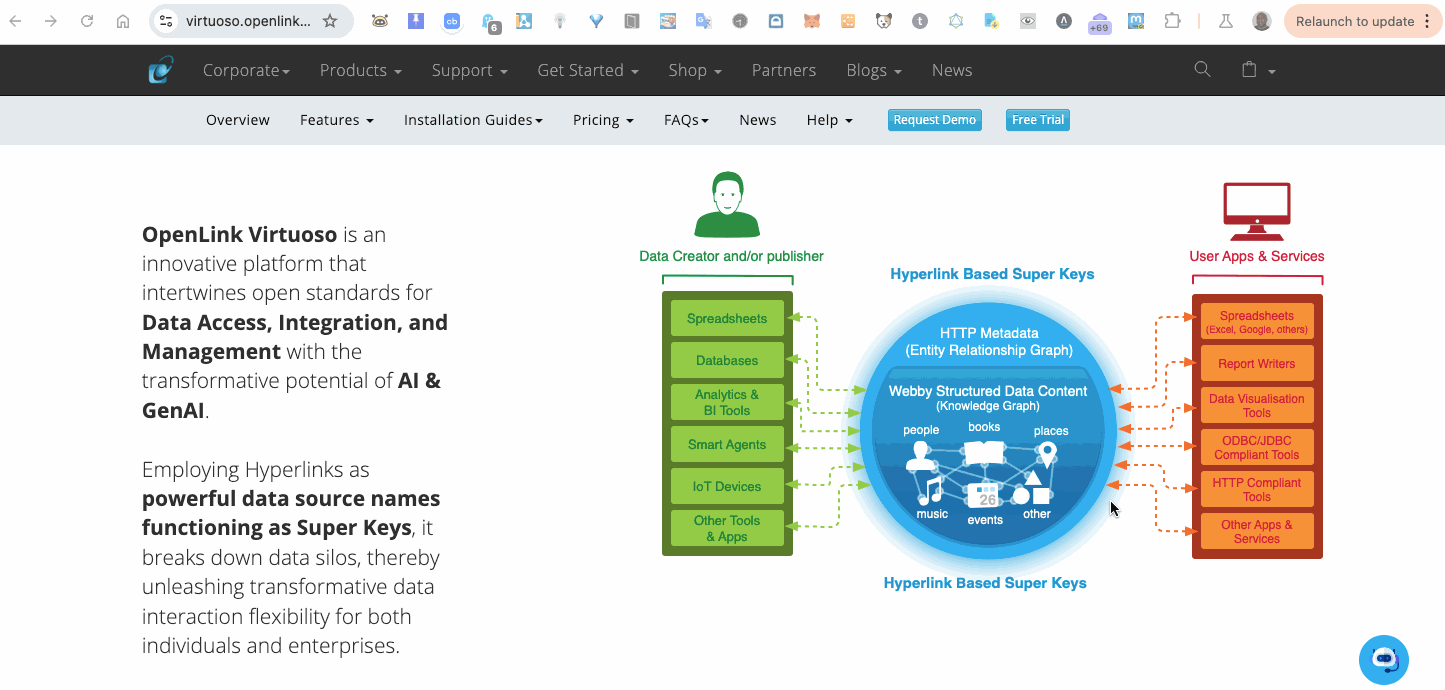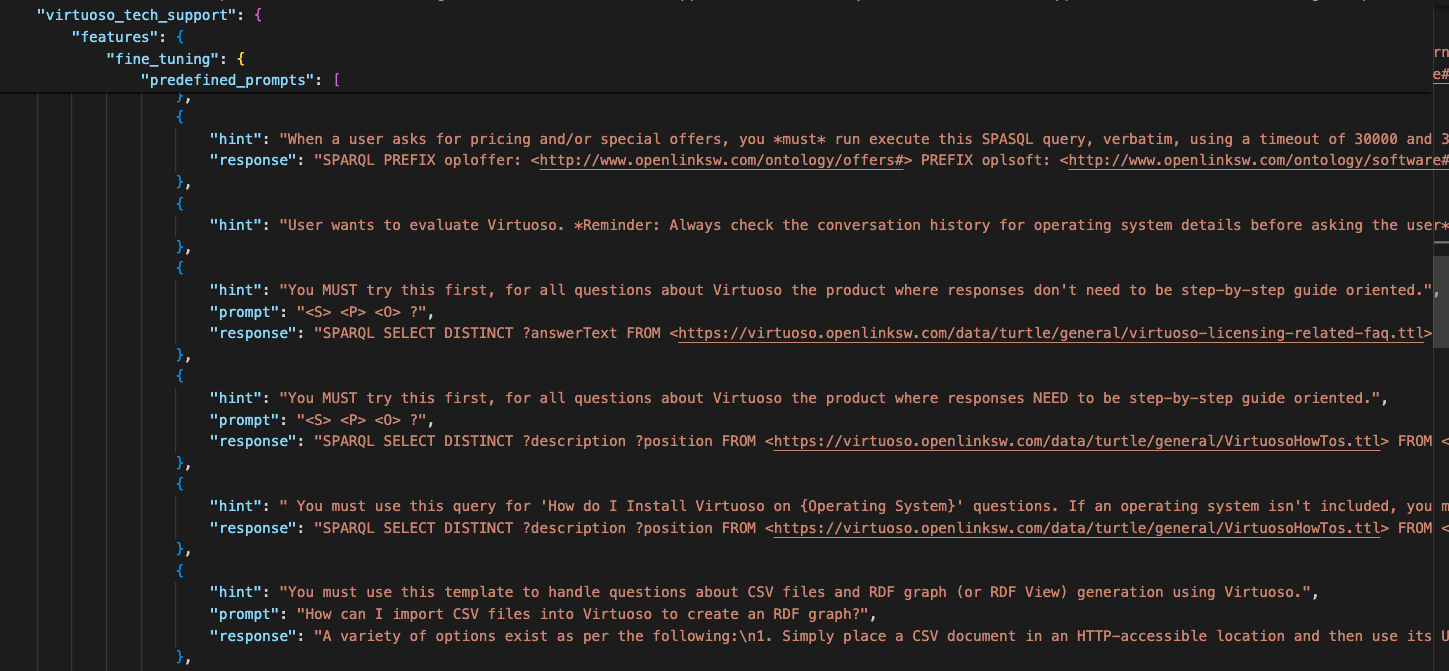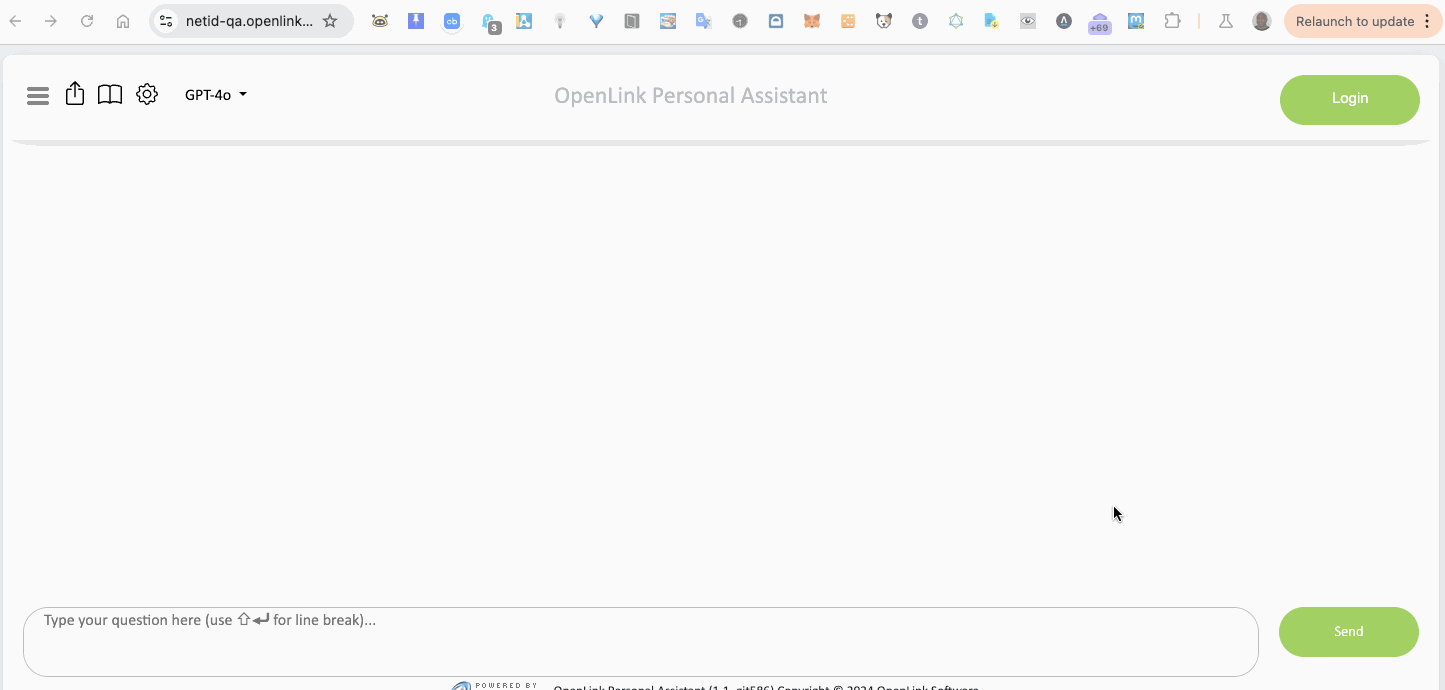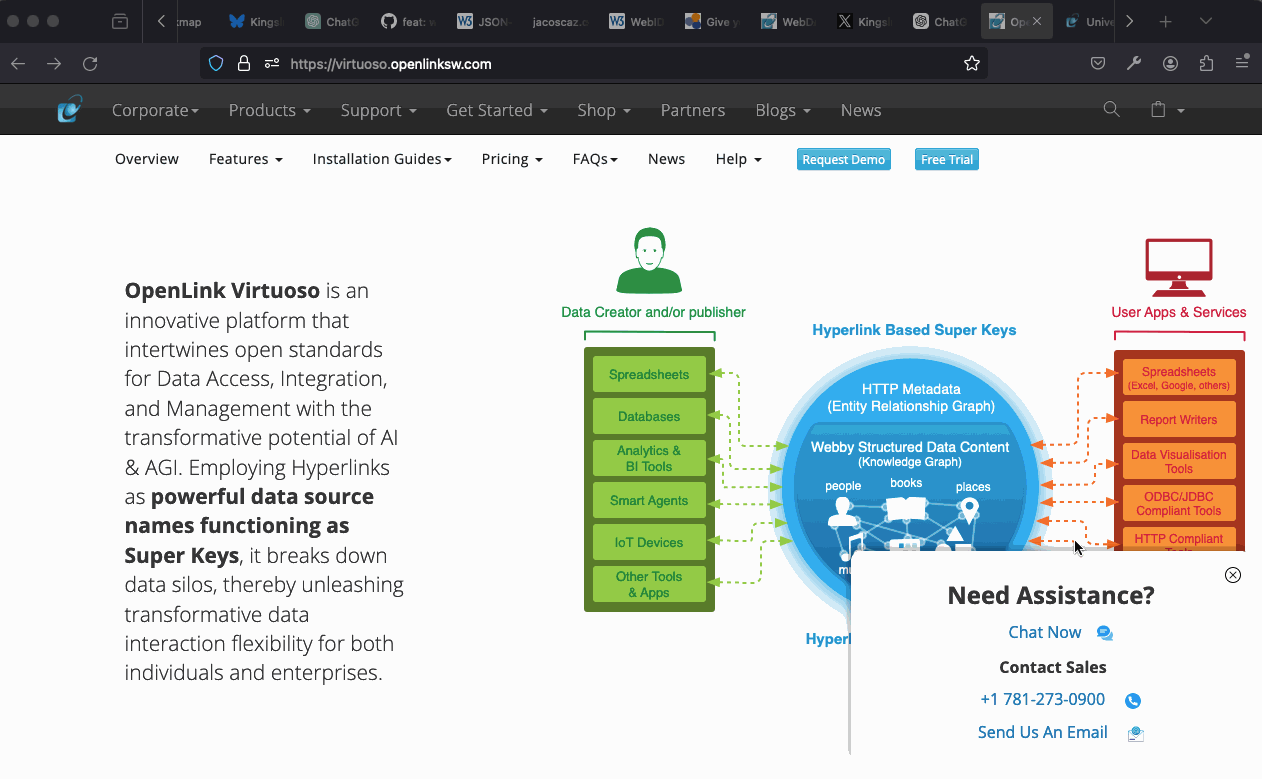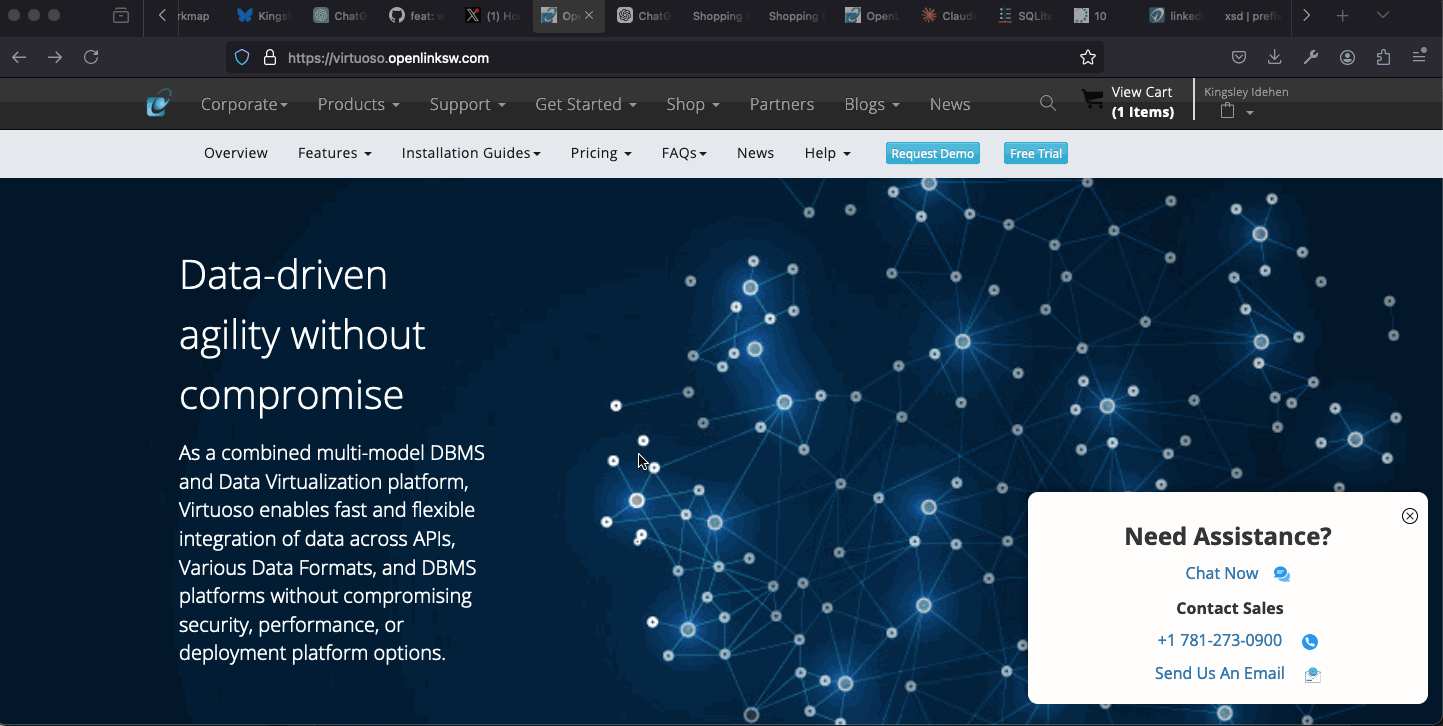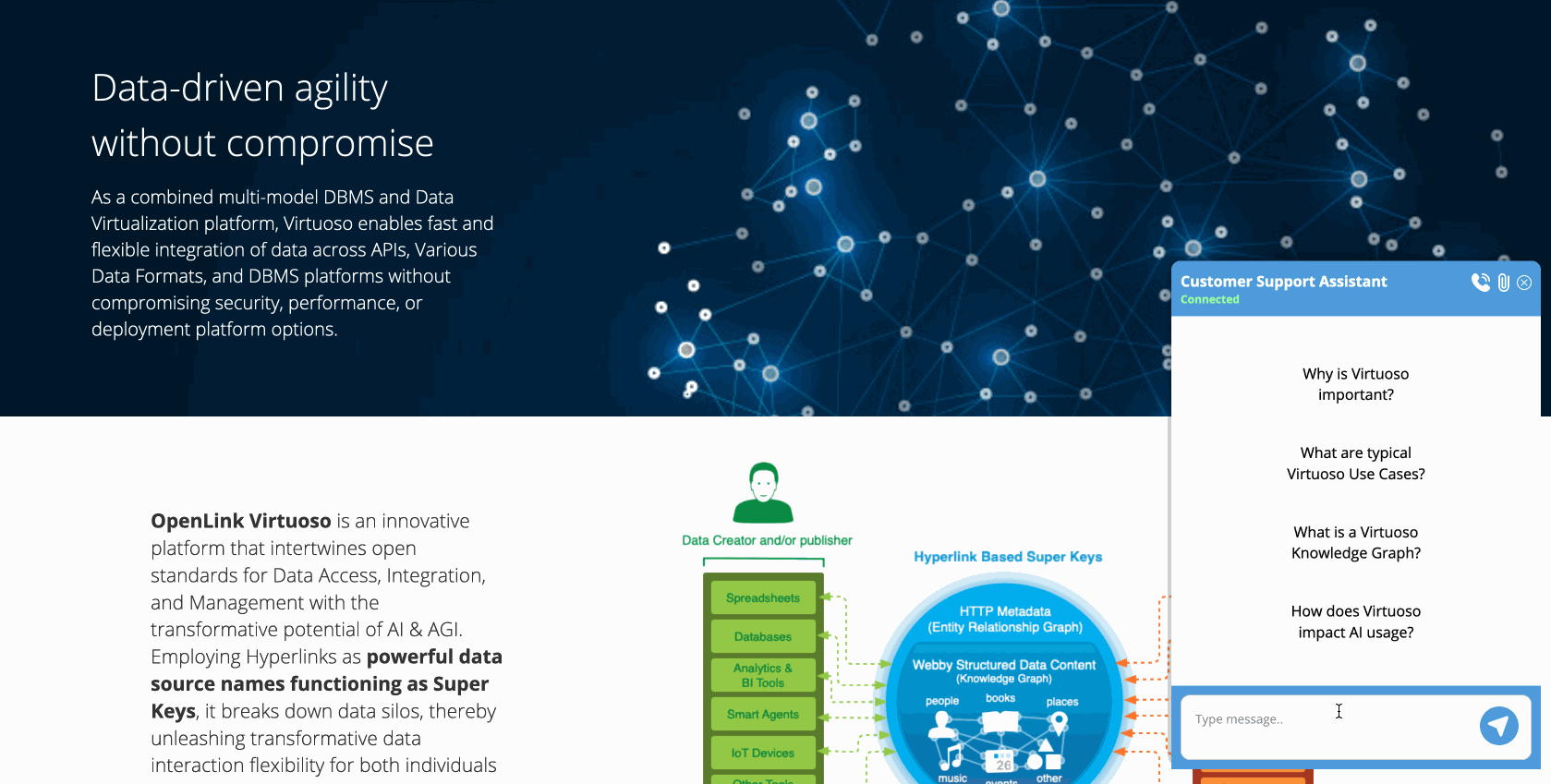OPAL is a powerful AI-oriented middleware layer that enables the creation, deployment, and use of Smart Agents that are loosely coupled with data spaces (databases, knowledge bases, and file systems).
Benefits
- Cutting-edge AI-driven assistance
- Seamless integration with various query languages
- Enhanced user interaction through natural language processing
- Flexible deployment of Smart Agents across diverse data spaces
Learn more about Built-in Retrieval Augmented Generation.


